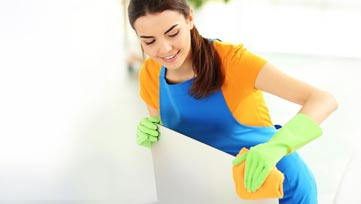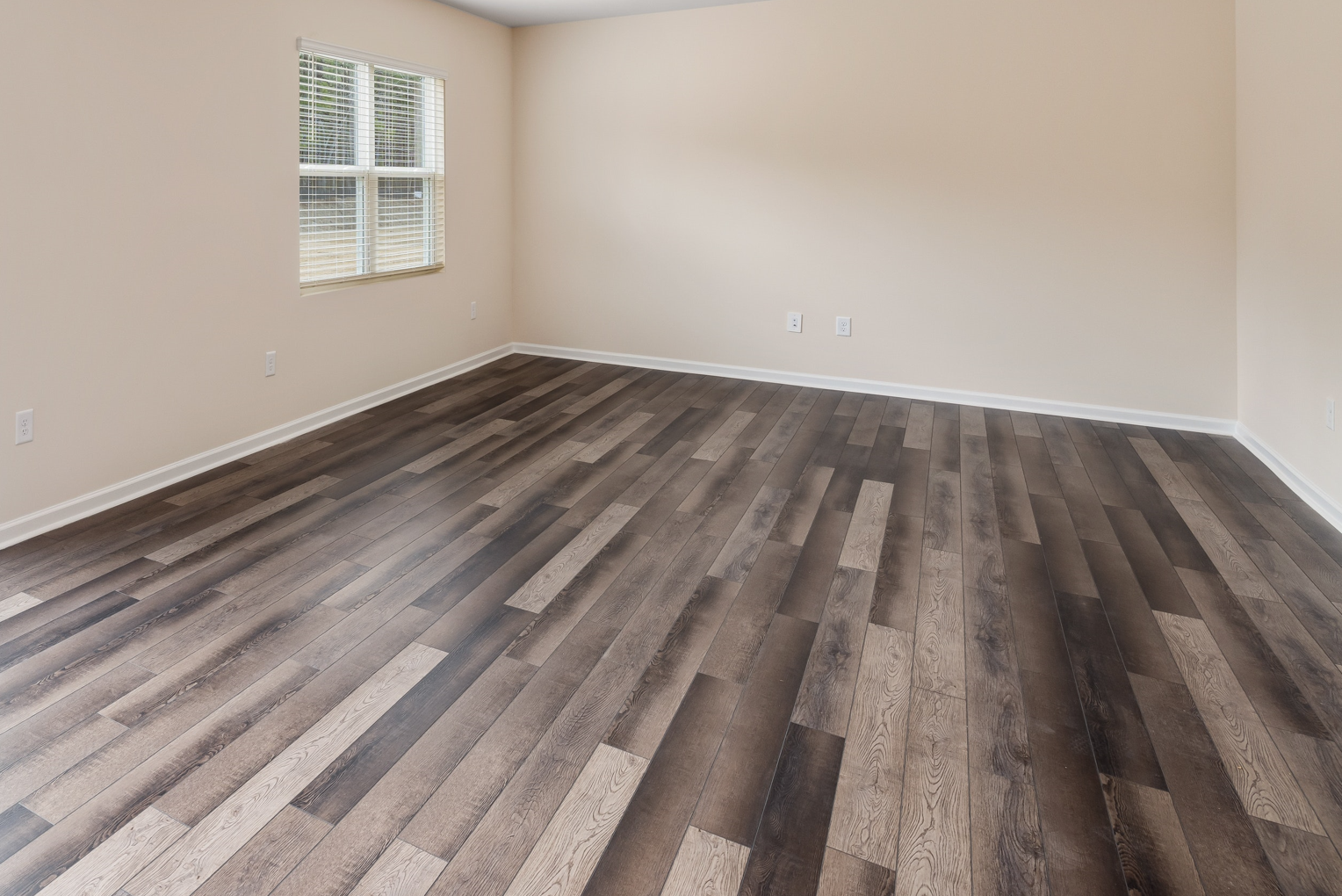
Maintaining clean and well-cared-for floors goes beyond just aesthetics. It’s about creating a safe, durable, hygienic and welcoming environment. Whether you have the warmth of hardwood, the coziness of carpet, the elegance of tile, the versatility of laminate, or the resilience of vinyl, understanding the right cleaning methods and maintenance practices is crucial to keeping your floors in top shape.
In this blog, we’re excited to share valuable insights and practical tips to simplify your floor care routine. From everyday cleaning practices to tackling specific challenges like stains, scratches, or grout discolouration, we’ve got you covered with the knowledge you need to achieve clean and long-lasting floors.
It’s time to say goodbye to dull, dirty floors and hello to floors that make a lasting impression. So, let’s roll up our sleeves, get ready to transform your floors, and embark on a journey of effective floor cleaning and maintenance.
Understanding the Different Types of Flooring
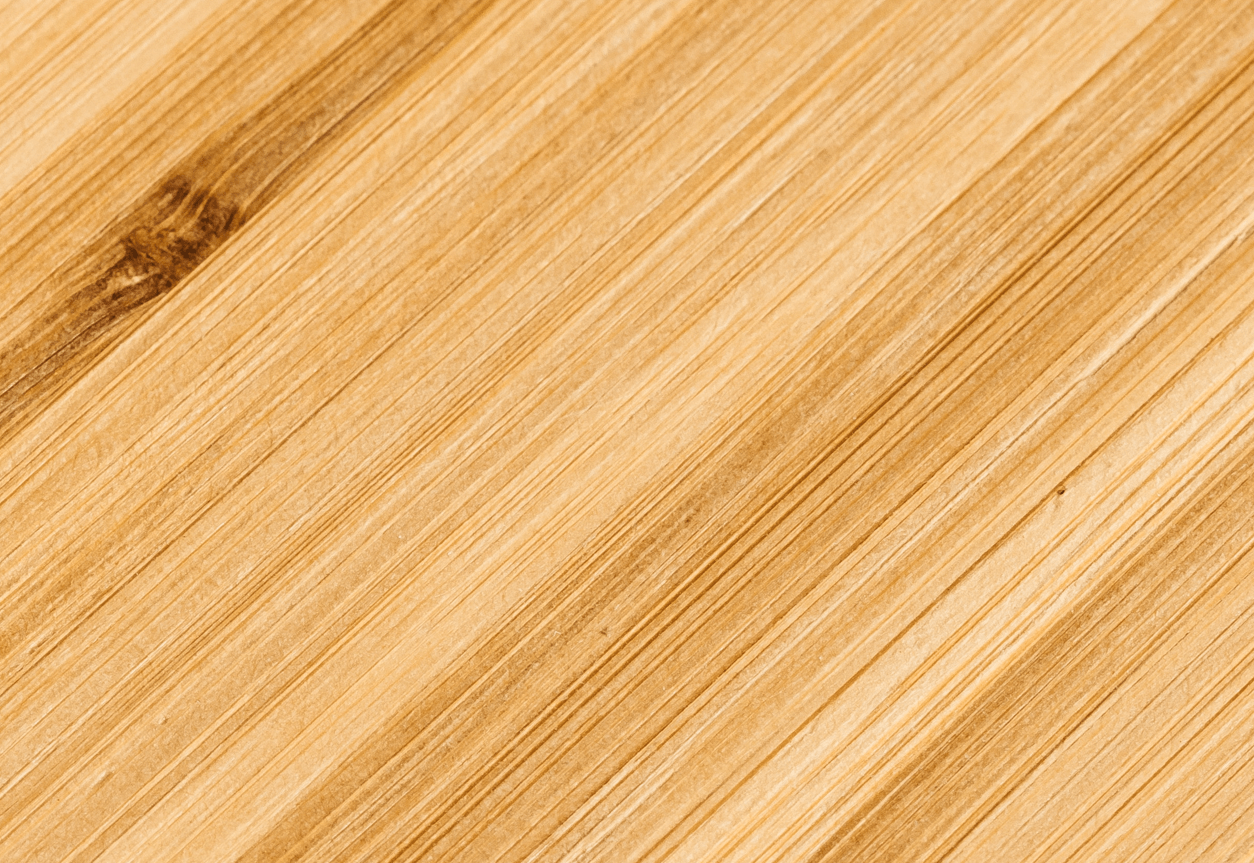
Hardwood Flooring
Hardwood flooring exudes timeless beauty and adds warmth to any space. Understanding its characteristics and knowing how to properly care for it is essential to maintain its natural allure.
Characteristics and Common Types of Hardwood Floors
Hardwood floors are known for their elegance and durability. They come in various types, including oak, maple, cherry, and walnut, each with its unique grain patterns and colours. Common types include oak, maple, cherry, and walnut. It’s important to identify the specific type of hardwood flooring you have, as different types may require slightly different cleaning and maintenance approaches.
Hardwood floors can be solid or engineered, with the latter being more resistant to moisture and temperature fluctuations.
Recommended Cleaning Methods and Products
To clean hardwood floors effectively, it’s crucial to avoid excessive moisture or harsh chemicals that can damage the wood. Here are some recommended cleaning methods and products:
- Sweep or dust regularly with a soft-bristle broom or microfibre mop to remove loose dirt and debris.
- Vacuum with a floor attachment designed for hardwood floors to reach into crevices and corners.
- Use a damp well-wrung mop (or a slightly dampened microfibre mop) with a hardwood floor cleaner specifically formulated for wood surfaces. Avoid excessive water.
- Use a specialised wood floor cleaner that is pH-neutral and specifically designed for hardwood floors, as harsh chemicals can strip away the protective finish.
- Again, avoid using too much water or steam cleaning. Moisture can cause warping or cupping of the wood.
Preventive Maintenance Tips
Preventive maintenance is key to preserving the condition of your hardwood floors. Here are some tips to keep them looking their best:
- Place doormats or rugs at entrances to trap dirt and prevent it from being tracked onto the floor.
- Use furniture pads or felt protectors under furniture legs to prevent scratches and dents.
- Use area rugs or runners in high-traffic areas to minimize wear.
- Avoid dragging heavy objects across the floor.
- Trim your pets’ nails regularly to minimise scratches.
- Control indoor humidity levels to prevent wood expansion or contraction, using humidifiers or dehumidifiers as needed.
Dealing with Stains and Scratches
Even with the utmost care, stains and scratches can occasionally occur on hardwood floors. Here’s how to handle them:
- Clean up spills immediately to prevent stains from setting. Use a slightly damp cloth and a recommended hardwood floor cleaner if necessary.
- For stubborn stains, try using a specialised wood floor cleaner or gently rubbing the affected area with fine steel wool.
- For minor scratches, use a hardwood floor touch-up pen or retouch crayon that matches the floor colour. For deeper scratches, consult a professional for repair options.
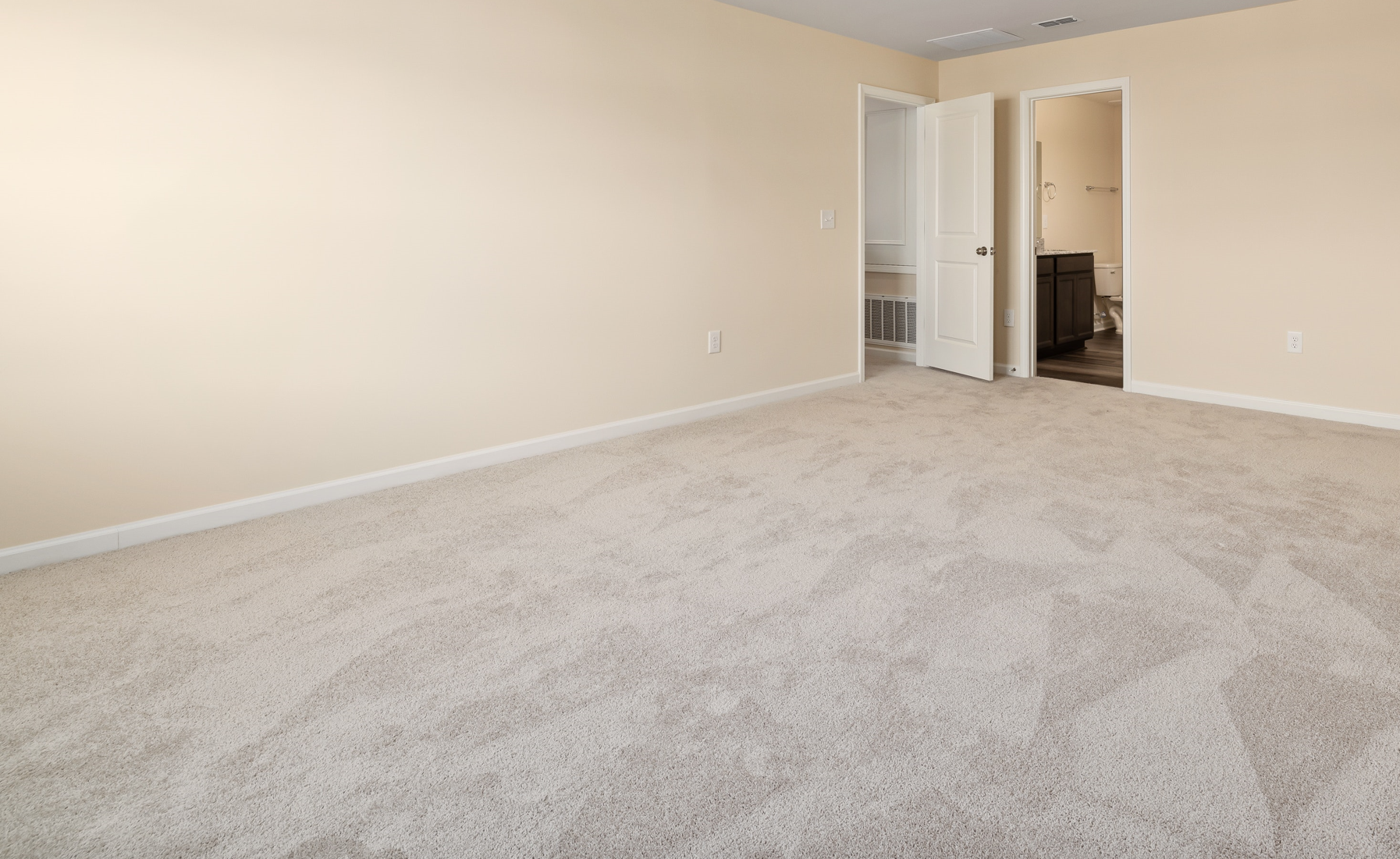
Carpet Flooring
Carpet flooring adds comfort and warmth to any space, but it also requires specific care and maintenance to keep it looking clean and fresh. Let’s explore the various aspects of cleaning and maintaining carpet flooring.
Different Types of Carpets
Carpets come in various materials, such as nylon, polyester, wool, or a blend of fibres, and each type has unique characteristics and cleaning needs. Refer to the manufacturer’s guidelines or consult with a professional to determine the specific cleaning requirements for your carpet. Some carpets may require special attention or specific cleaning methods to maintain their appearance and longevity.
Regular Maintenance Practices
Regular maintenance is essential to keep your carpets always looking fresh and free of dirt and debris. Here are some key practices:
- Vacuuming: Regularly vacuum your carpets to remove loose dirt and dust. Use a vacuum cleaner with a beater bar or rotating brush specifically designed for carpeted surfaces. Focus on high-traffic areas and ensure the vacuum cleaner’s settings are appropriate for your carpet type.
- Spot Cleaning: Address spills and stains promptly to prevent them from setting in. Blot the affected area with a clean cloth or paper towel to absorb as much liquid as possible. Then, use a carpet stain remover or a mixture of mild detergent and water to gently blot the stain, working from the outer edges inward. Avoid scrubbing vigorously to prevent spreading the stain or damaging the carpet fibres.
Deep Cleaning Techniques
Deep cleaning your carpets at regular intervals helps rejuvenate their appearance and remove embedded dirt and allergens. Consider the following methods:
- Steam Cleaning: Also known as hot water extraction, steam cleaning is an effective way to deep clean carpets. It involves using a specialized machine that sprays hot water and a cleaning solution onto the carpet while simultaneously extracting it along with dirt and grime. Follow the manufacturer’s instructions and consider hiring professional equipment or services for optimal results.
- Professional Cleaning: We strongly recommend that you enlist the services of professional carpet cleaners. They have the expertise and specialized equipment to effectively deep clean and revitalize your carpets.
Tips for Handling Stains and Odors
Stains and odours can be common challenges with carpet flooring. Here are some tips for handling them:
- Stain Removal: Different stains may require specific cleaning methods. It’s important to act quickly and use appropriate stain removal techniques or products recommended for your carpet type. Avoid using harsh chemicals or abrasive materials that could damage the carpet fibres.
- Odour Control: To tackle odours, sprinkle baking soda over the carpet and let it sit for a few hours or overnight to absorb odours. Vacuum the baking soda thoroughly afterwards. Additionally, consider using carpet deodorizers or consulting with professionals for effective odour-elimination techniques.
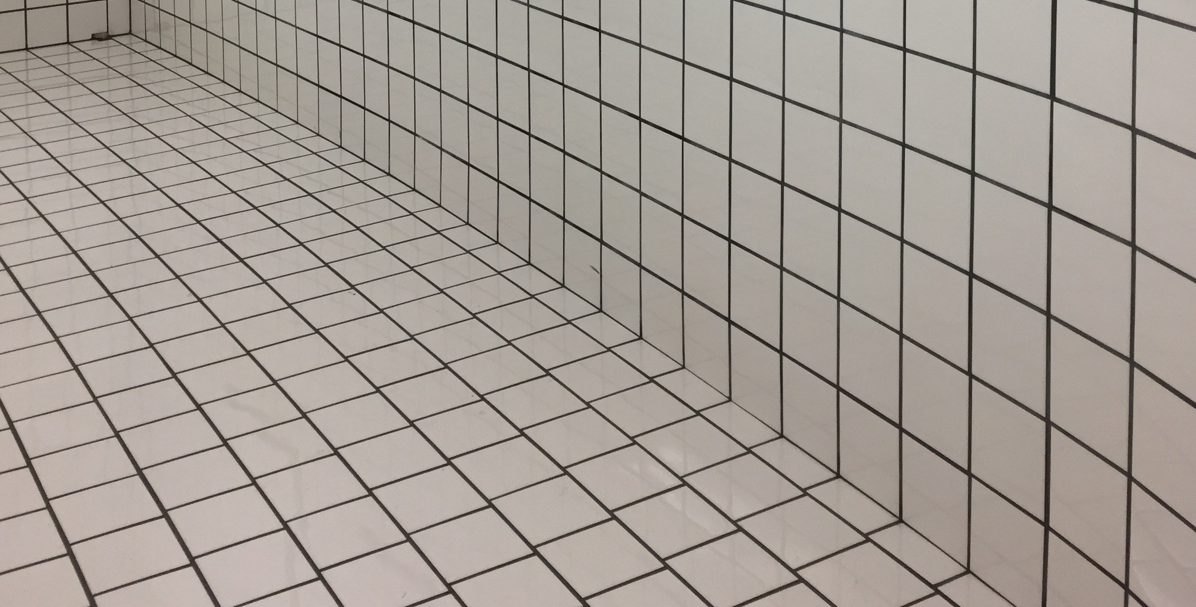
Tile Flooring
Tile flooring is a popular choice known for its durability, versatility, and aesthetic appeal. Let’s look into the cleaning and maintenance techniques specific to different types of tiles, as well as grout cleaning and upkeep, and sealing guidelines.
Different Types of Tiles
Tile flooring encompasses various materials, each requiring different care. The most common types include:
- Ceramic tiles: Made from clay and other natural materials, ceramic tiles are durable and come in a wide range of colours and styles.
- Porcelain tiles: Porcelain tiles are denser and less porous than ceramic tiles, making them highly resistant to moisture and stains.
- Natural stone tiles: These tiles, such as marble, granite, or slate, offer unique natural beauty but require specialised care due to their porous nature and susceptibility to staining.
Cleaning and Maintenance Techniques for Each Type
Ceramic tiles
- Sweep or vacuum often to remove loose dirt and debris.
- Mop with warm water and a mild detergent specifically formulated for tiles.
- Avoid using abrasive cleaners that can damage the glaze or surface of the tiles.
Porcelain tiles
- Similar to ceramic tiles, sweep regularly and mop with warm water and a pH-neutral cleaner suitable for porcelain tiles.
- Use non-abrasive cleaning tools to avoid scratching the tiles.
Natural stone tiles
- Follow the manufacturer’s recommendations for cleaning and maintenance, as different types of natural stone have specific care requirements.
- Use a pH-neutral stone cleaner and avoid acidic or abrasive cleaners that can etch or damage the surface.
- Wipe up spills promptly to prevent staining.
Grout Cleaning and Upkeep
Grout, the material used to fill the gaps between tiles, requires regular cleaning to prevent dirt and stains from accumulating. Here’s how to keep your grout looking its best:
- Regular cleaning: Use a grout brush or a soft-bristle toothbrush along with a mixture of water and mild detergent to clean grout lines. Avoid using abrasive tools that could damage the grout.
- Deep cleaning: For stubborn stains or heavily soiled grout, consider using a grout cleaner or a paste made from baking soda and water. Apply the paste to the grout lines, scrub gently, and rinse thoroughly.
- Grout sealing: Once the grout is clean and dry, apply a grout sealer to protect it from stains and moisture. Follow the manufacturer’s instructions and reapply the sealer periodically as recommended.
Sealing and Resealing Guidelines
Sealing your tile and grout can provide an extra layer of protection against stains and moisture. Follow these guidelines:
New tile installation: Allow new tile installations to cure fully before applying sealant. Follow the recommendations provided by the manufacturer or your contractor.
- Regular maintenance: Regularly clean and maintain your tile surfaces to preserve the integrity of the sealant. Avoid using harsh chemicals or abrasive tools that could degrade the sealer.
- Resealing: Monitor the condition of the sealant on your tiles. If water no longer beads on the surface, it may be time to reseal. Follow the specific recommendations for the type of sealant used and consult professionals if needed.
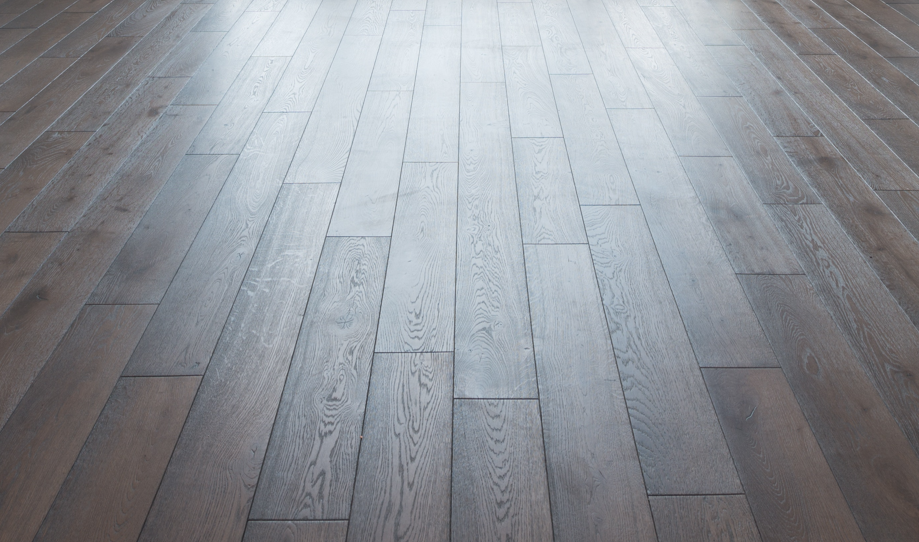
Laminate Flooring
Laminate flooring offers a budget-friendly and versatile option that replicates the look of hardwood or other natural materials. Knowing how to properly clean and maintain laminate floors is essential for preserving their appearance and prolonging their lifespan.
Characteristics and Advantages of Laminate Floors
Laminate flooring consists of multiple layers of synthetic materials (typically a wear layer, a decorative layer with a printed design, and a core layer for stability) fused together through a lamination process. It offers several advantages:
- Durability: Laminate floors are highly resistant to scratches, fading, and wear, making them ideal for high-traffic areas.
- Versatility: Available in a wide range of designs, colours, and textures, laminate flooring can mimic the appearance of hardwood, stone, or tile.
- Easy installation: Laminate floors feature a floating installation system, making them relatively simple to install.
- Cost-effective: Laminate flooring provides a cost-effective alternative to natural materials without compromising on aesthetics.
Cleaning Methods to Preserve the Laminate’s Finish
To maintain the pristine appearance of laminate flooring, follow these cleaning methods:
- Regularly sweep or vacuum your floor with a soft brush attachment to remove loose dirt and debris.
- Damp mop with a well-wrung mop or microfiber cloth dampened with a laminate-specific cleaner or a mixture of warm water and a mild, pH-neutral cleaner.
- Avoid using excess water, as it can seep into the seams and cause damage to the laminate.
Tips for Preventing Scratches and Water Damage
Taking preventive measures can help safeguard your laminate floors from scratches and water damage:
- Place floor protectors or felt pads under furniture legs to prevent scratches when moving or rearranging items.
- Use rugs or mats in high-traffic areas or entryways to trap dirt and prevent abrasive particles from scratching the surface.
- Wipe up spills immediately with a dry or slightly damp cloth to prevent water from penetrating the seams and causing swelling or warping. Pay attention to areas near sinks, refrigerators, or dishwashers where water is more likely to occur.
Dealing with Stubborn Stains or Damage
While laminate flooring is relatively resistant to stains, occasional stubborn stains or damage may occur. Here’s what you can do:
- For sticky substances or tough stains, gently scrape them off using a plastic scraper or credit card. Avoid using sharp or abrasive tools that may damage the laminate.
- For more challenging stains, apply a small amount of vinegar or acetone to a soft cloth and gently rub the affected area. Rinse with clean water afterwards.
- In cases of severe damage or deep scratches, it may be necessary to replace the affected laminate planks. Consult the manufacturer or seek professional assistance for repairs or replacements.
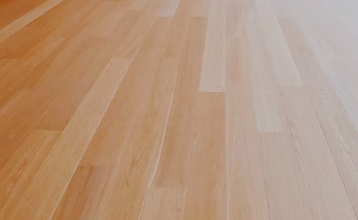
Vinyl Flooring
Vinyl flooring is a popular choice for its affordability, durability, and versatility. Understanding the type of vinyl flooring you have will help determine the most suitable cleaning and maintenance methods. Let’s dive in:
Vinyl Flooring Options
Vinyl flooring comes in different forms, each with its unique characteristics and installation methods:
- Vinyl sheets (or sheet vinyl): This type of vinyl flooring comes in large rolls and is typically installed as a single sheet. It offers seamless coverage and is an excellent choice for moisture-prone areas.
- Vinyl planks: Designed to resemble hardwood flooring, vinyl planks come in individual plank shapes that can be easily installed using a click-lock or adhesive method.
- Vinyl tiles: Vinyl tiles mimic the appearance of ceramic or stone tiles. They are available in various sizes and can be installed with or without grout.
Regular Cleaning Practices for Vinyl Floors
To keep your vinyl floors looking their best, incorporate these regular cleaning practices:
- Sweeping or vacuuming: Remove loose dirt and debris from the surface of the floor using a broom, soft-bristle brush, or a vacuum cleaner with a hard floor setting.
- Damp mopping: Use a well-wrung mop or a microfibre mop dampened with a mixture of warm water and a mild vinyl floor cleaner. Avoid excessive water, as it can seep into the seams and cause damage.
Removing Scuffs and Stains
Occasionally, scuffs and stains may appear on vinyl flooring. Here are some tips for their removal:
- Scuff marks: Gently rub the scuff marks with a clean cloth or an eraser specifically designed for vinyl floors. For more stubborn scuffs, you can use a melamine foam eraser or a small amount of baking soda mixed with water.
- Stains: Clean up spills immediately to prevent staining. For tough stains, use a vinyl floor cleaner recommended by the manufacturer. Test it in a small, inconspicuous area first to ensure it doesn’t damage the flooring.
Protective Measures to Prolong Its Lifespan
To extend the lifespan of your vinyl flooring and maintain its appearance, consider these protective measures:
- Use doormats or entryway rugs to trap dirt and debris before it reaches the vinyl floor.
- Place felt protectors or furniture pads under heavy furniture to prevent indentations or scratches.
- Use non-rubber or non-latex mats in areas prone to moisture, such as kitchens or bathrooms, to avoid discolouration or damage from trapped moisture.
- Avoid dragging heavy furniture or appliances across the floor. Use furniture sliders or enlist help when moving them.
- Consider applying a floor finish or protective coating as recommended by the manufacturer to enhance the floor’s durability.
Additional Considerations
In addition to regular cleaning and maintenance practices, there are a few other important considerations to keep in mind when caring for your floors.
Seasonal Maintenance Practices for Different Floor Types
Australia experiences diverse climates across its regions. Adjust your floor maintenance routine to address seasonal challenges:
- Winter care: In colder climates, protect hardwood floors from excess moisture caused by snow and ice by using mats or boot trays at entryways. Regularly remove salt or ice melt residue to prevent damage.
- Summer care: During the wet season, which is characterized by higher humidity levels, consider using dehumidifiers to control moisture levels, especially for wood floors. Avoid excessive exposure to direct sunlight to prevent discolouration or fading of certain flooring materials.
Choose the Right Cleaning Tools and Equipment
Using the appropriate cleaning tools and equipment can make a significant difference in maintaining the quality of your floors:
- Soft-bristle brooms or microfiber dust mops are ideal for sweeping hardwood, laminate, or tile floors, as they effectively capture dirt and debris without scratching the surface.
- When mopping, use a well-wrung mop and avoid excess water to prevent damage. Microfibre mops or mop pads are excellent choices for their absorbency and gentle cleaning action.
- For carpeted floors, use a vacuum cleaner with adjustable height settings and rotating brushes to effectively remove dirt and maintain the carpet’s appearance.
Consider Eco-Friendly Cleaning Options and Products
Consider incorporating eco-friendly cleaning options and products into your floor maintenance routine. These options are not only better for the environment but also safer for you and your family:
- Use natural cleaning solutions: Ingredients like vinegar, baking soda, and lemon juice can be effective for cleaning various floor types. Diluted white vinegar, for example, can be used as a gentle and eco-friendly cleaner for hardwood or tile floors.
- Look for eco-friendly floor cleaning products: Many manufacturers offer environmentally friendly floor cleaning solutions that are free from harsh chemicals and toxins.
Seek Professional Help for Specialized Floor Maintenance
For certain floor types or complex maintenance tasks, it may be beneficial to seek professional assistance:
- Hardwood floor refinishing: If your hardwood floors show signs of extensive wear or damage, hiring a professional floor refinisher can help restore their original beauty and integrity.
- Deep carpet cleaning: Professional carpet cleaning services can effectively remove deep-seated dirt, stains, and allergens, rejuvenating the carpet’s appearance and improving indoor air quality.
- Tile and grout restoration: For heavily stained or damaged tile and grout, professional tile and grout cleaning and restoration services can provide deep cleaning and resealing, ensuring a fresh and renewed look.
The Finishing Touch: Final Thoughts on Cleaning and Maintaining Your Floors
Remember, each floor type has its unique characteristics and requirements, so adapting your cleaning routine to suit them is crucial. By investing time and effort in proper cleaning and maintenance, you can enjoy long-lasting, beautiful floors that enhance the aesthetics and value of your home.
So, whether you have hardwood, carpet, tile, laminate, or vinyl flooring, embrace these recommended practices, take pride in your floors, and relish the comfort and beauty they bring to your living spaces.
